During a visit to Minneapolis a few weeks ago I got the chance to experience the Good Housekeeping Lab store at Mall of America. It’s a showroom for Good Housekeeping tested products. The magazine has come a long way — I remember the magazines sitting around my house as a kid. I love their ambition and creativity in creating this experience with Amazon.
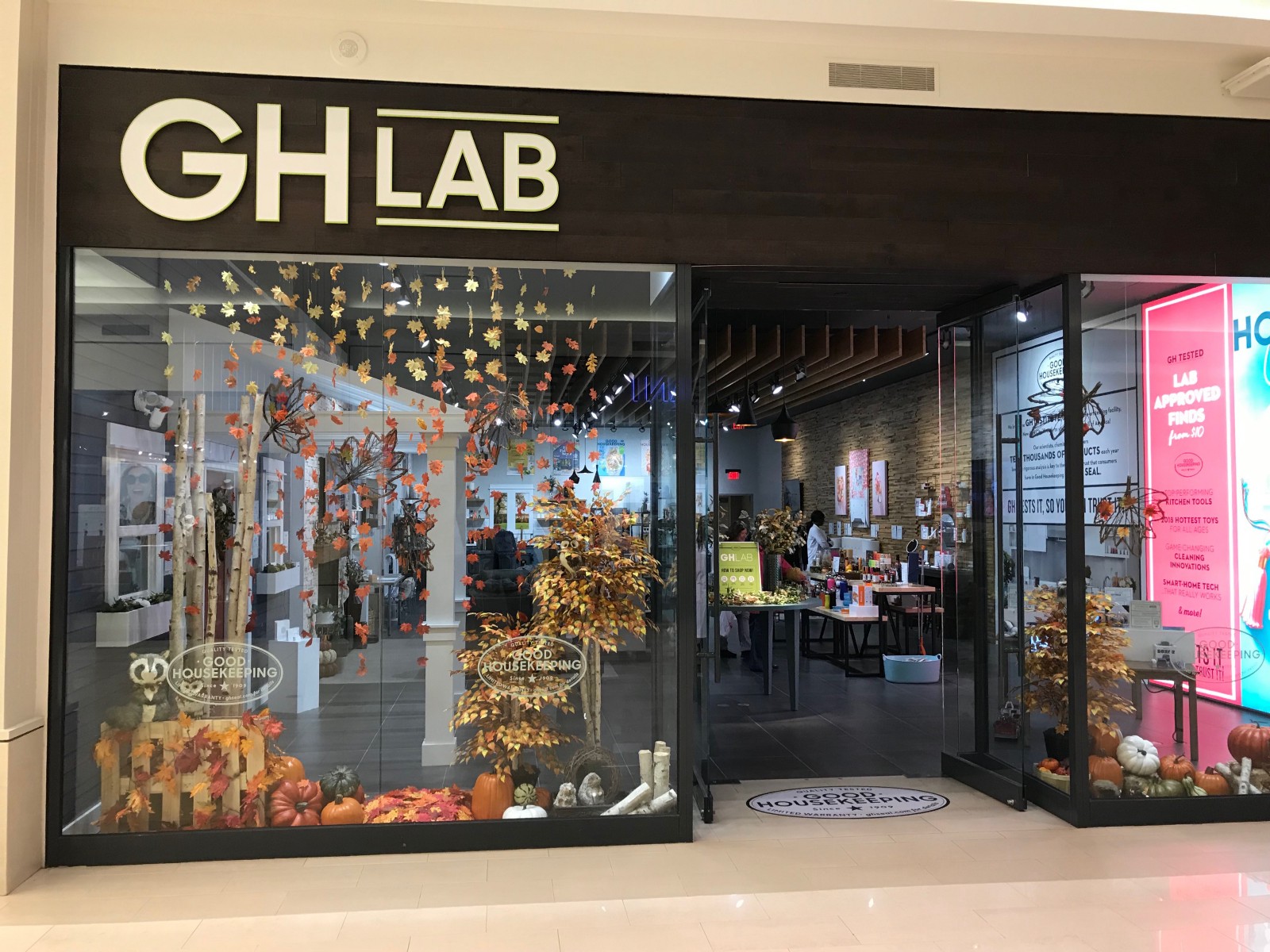
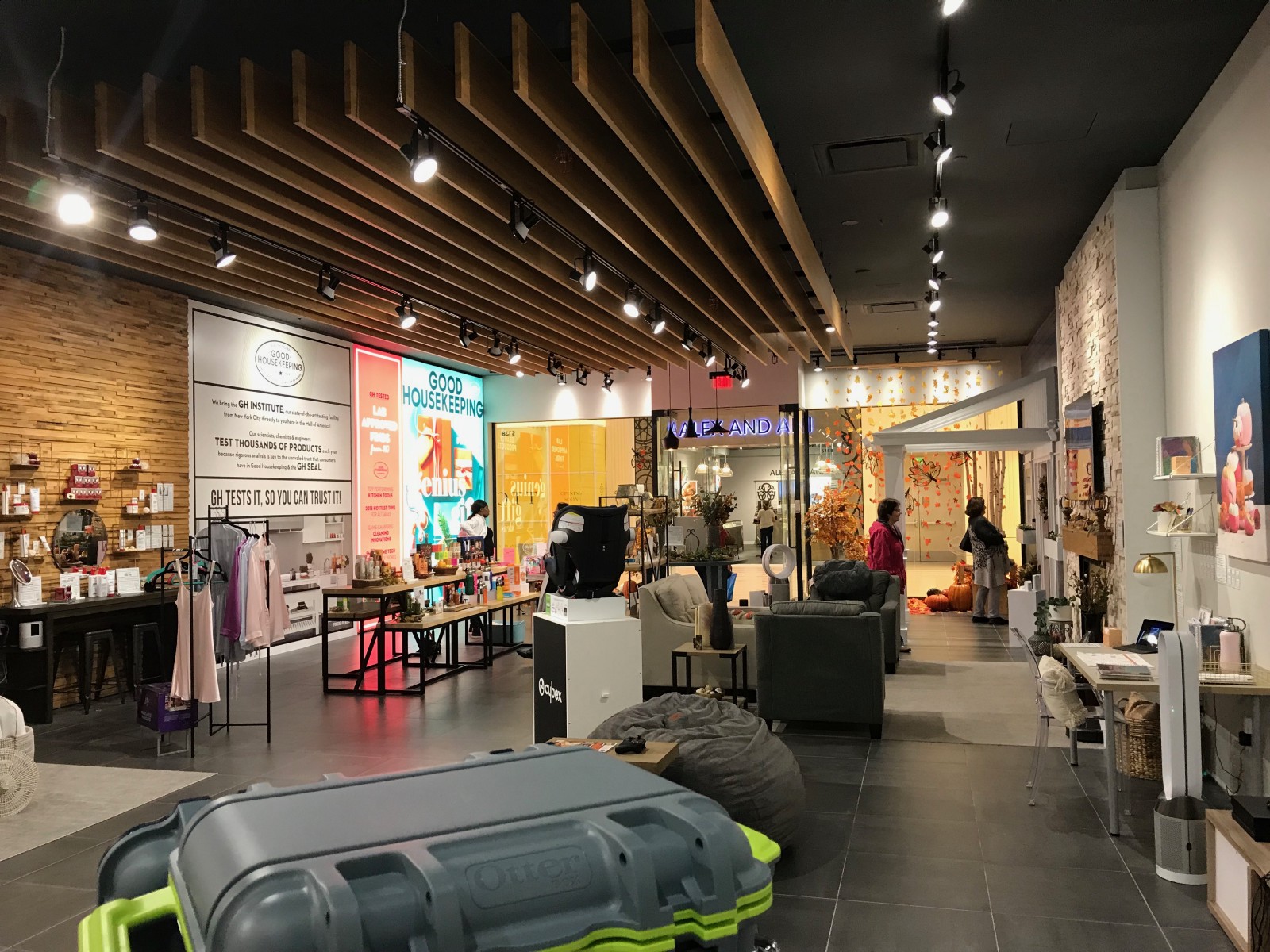
The store is an Amazon-powered showroom of GH tested products, set up as vignettes around a 2800 sq. ft. space.
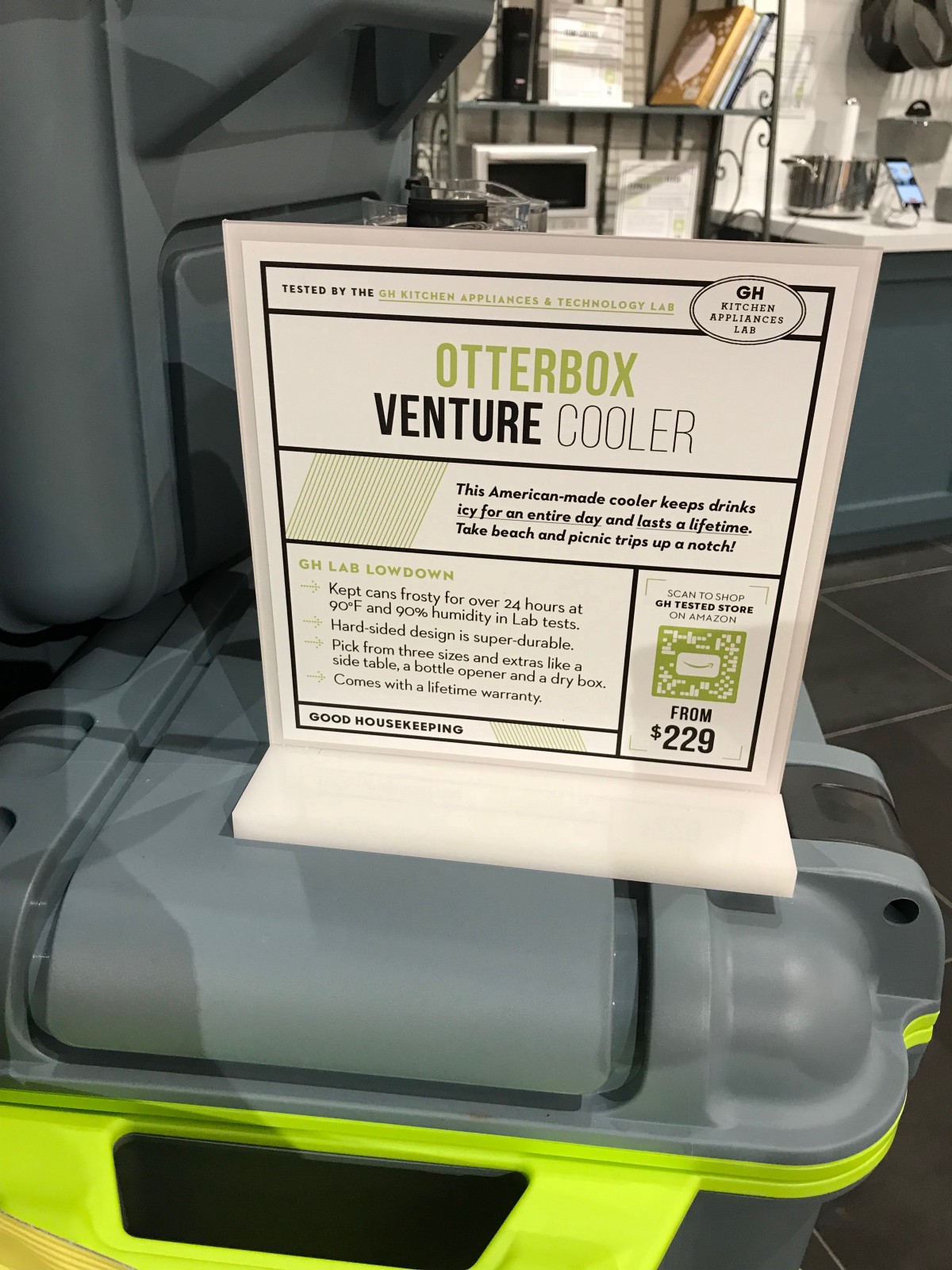
Each item is identified by a printed tag. The tag includes the item name, price and an Amazon “SmileCode”.
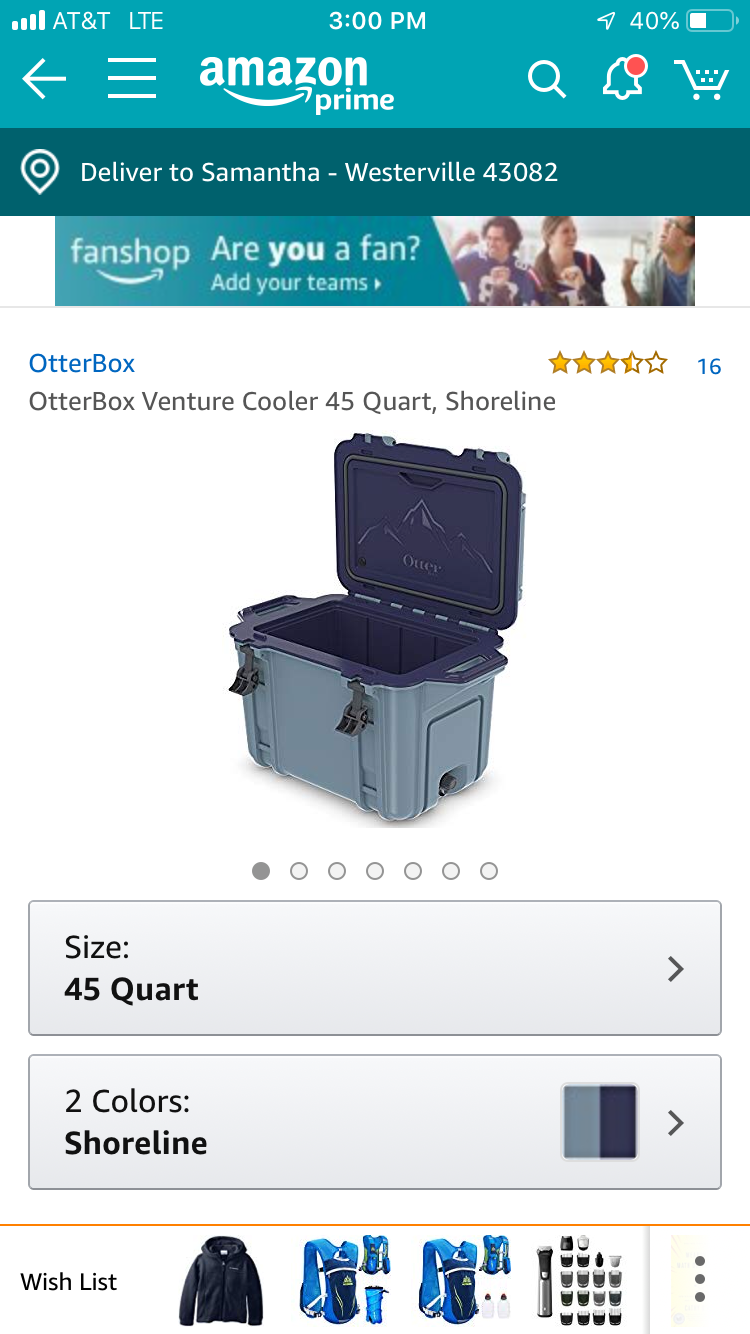
Using the Amazon app, you can scan the “SmileCode” and you are immediately taken to the amazon.com product page.
The products in the image below are part of the kitchen vignette (good to see an old client made the cut).
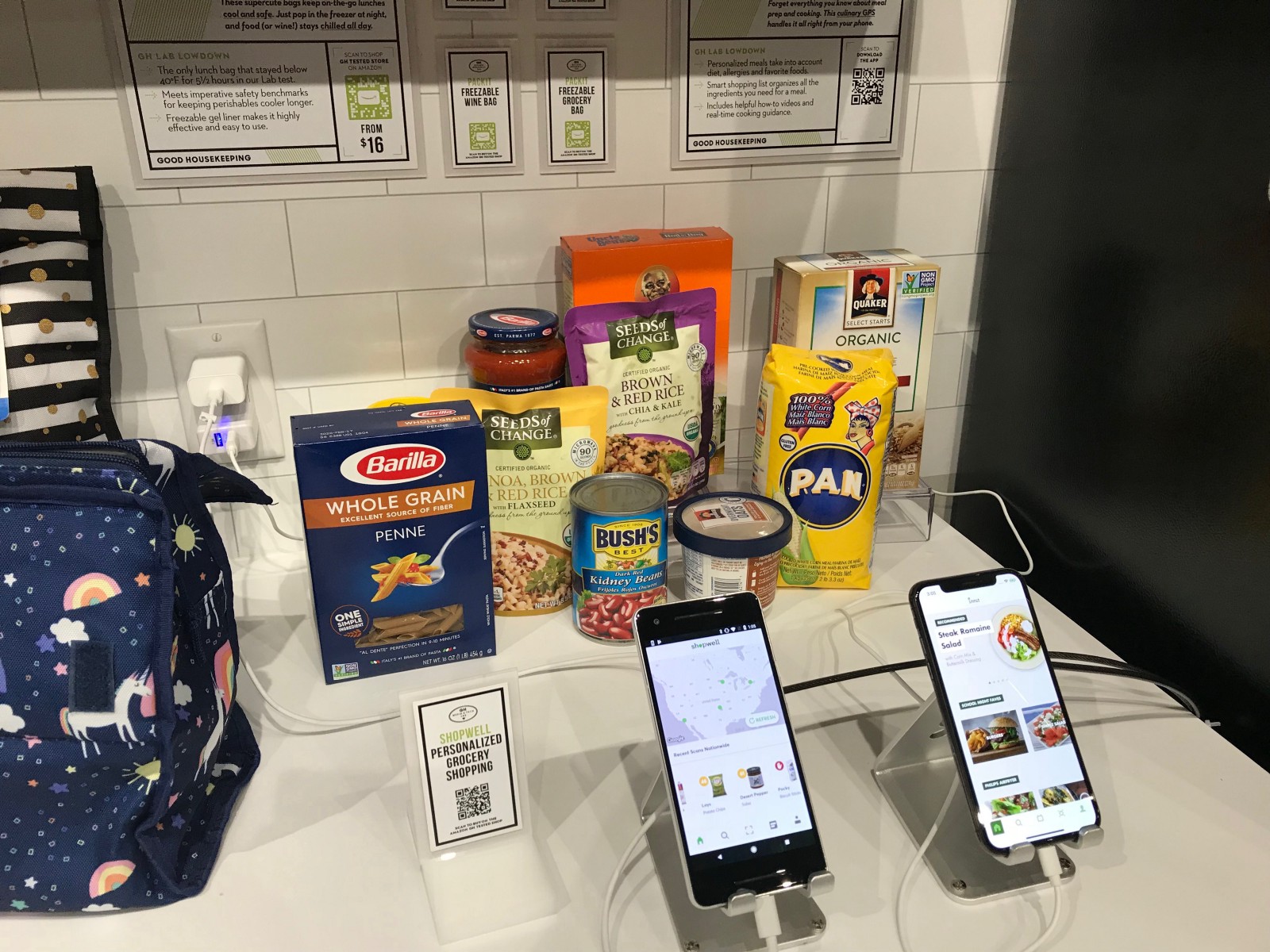

After seeing new concepts I like to try to guess the why behind their creation.
At first blush, while this is a newsworthy and interesting retail execution,
I don’t think this concept solves any consumer friction.
Shoppers can walk into most stores and look at products. Shoppers can
find reviews online. Shoppers can purchase products on Amazon. Shoppers
can even buy products on Amazon while staring at the product in a
non-Amazon store.
So it’s not friction-solving.
How about it being an Alibaba-like move. Amazon acts as your physical retail storefront, offering your brand exposure and enabling you to sell without having to create your own infrastructure. Amazon started by enabling online storefronts. Maybe their plan is to dole out brick and mortar store fronts.
Or could it be Good Housekeeping striving to make their seal of approval mean something. But who would you trust, 1200 people who gave something a 4 ½ star rating on Amazon or a Good Housekeeping Lab seal? My mom might say Good Housekeeping. My sister might say, Good who? (which might be the point, GH using Amazon to make them relevant again).
Whatever their reasons, the uphill battle this and other similar concepts will face is that we are still in the nascent stage of physical-digital retail and, except for payments, it’s not being used to solve any consumer frictions.
Behaviors are shifting but the shift accelerates when and where there is friction. I don’t think American consumers face, or will face, enough friction for these concepts to work at scale in the next three to five years. They have to deliver value aligned with a need.
If this was plopped down into a Tier One Chinese city, shoppers would be ordering left and right at this store. It works there due to timing, systems and their place on the trajectory of digital evolution. The giants built their systems the only way the know how.
Here
in the US, while I applaud this effort because there is little downside
for either party, this lab store is still more of a novelty. Time will
tell what Amazon & Good Housekeeping do with the learnings, and
whether the seal
of approval will ever mean anything to future generations.
Thanks for reading.
To discuss more, shoot me a note: [email protected]